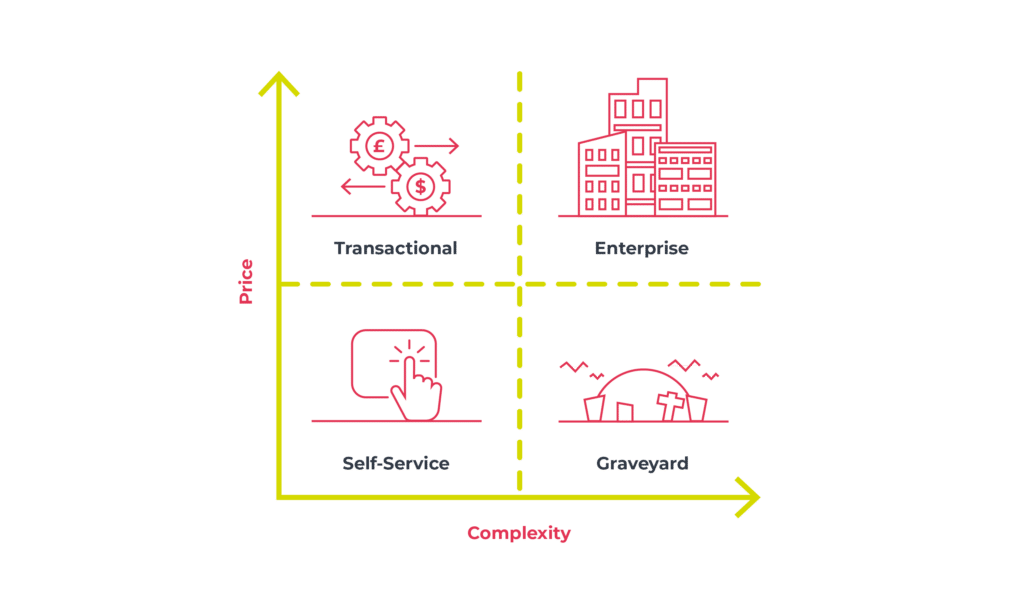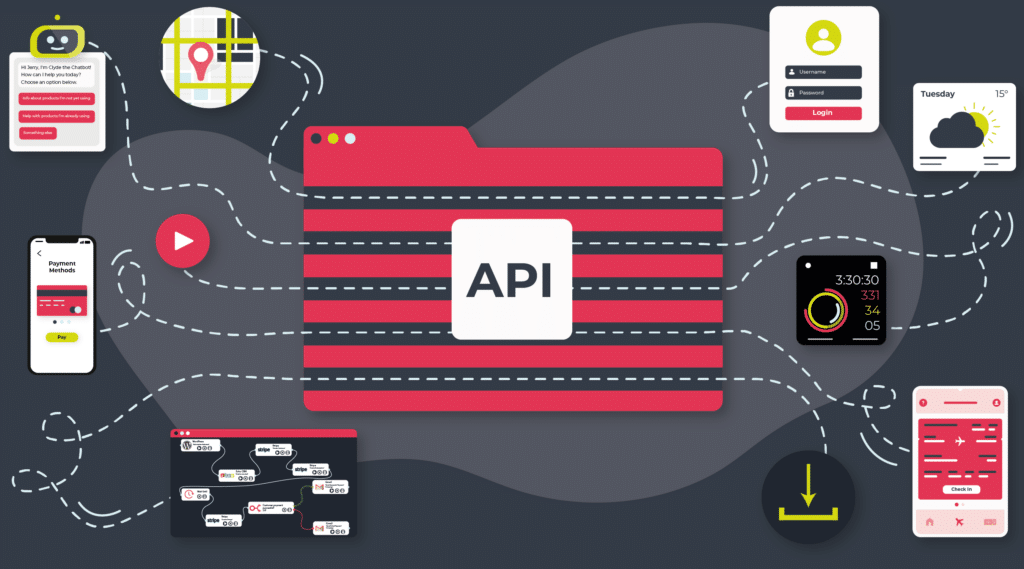
Updated on by Hayley Brown
The SaaS industry has seen continued growth over the last 10+ years and SaaS sales are driving that growth.
The SaaS sales process is complex and sales reps need to understand the ins and outs of the product to best articulate how it can solve a prospective customer’s pain points and/or needs.
What is SaaS sales?
SaaS sales is the process of selling internet-based software and applications typically in a B2B environment. Customers gain access to software to help them solve business problems they are experiencing, or enhance their product with extra functionality.
The goal of SaaS sales is to generate more revenue for your business and to help your customers to become more successful. This could be by saving them time, money and resources.
SaaS products and services are more complex to use than physical ones. Therefore sales representatives need to know the product in detail and understand how features can deliver value to potential clients. Then educate and provide training to prospects so they feel prepared to use the product successfully. They do this by uncovering what the customer’s problem is. The team will research and build what the customer’s use case would look like and articulate how the software can help or fix their problem.
One use case example we have seen is abandonment emails. A customer wanted to tackle this problem with an integrated solution. Our team developed a potential solution for their use case and walked the customer through it. Taking the customer through how to build the integration and deploying it to measure the results.
Understanding the prospect’s pain point and building a narrative around that through an effective use case demonstration can lead to an effective sale.
Stages in the SaaS Sales Process
A SaaS product is typically a big decision to make and takes a prospect a fair amount of convincing beforehand. Therefore it is important to understand where your prospective leads are sitting within your SaaS sales pipeline and to keep them moving in the right direction, towards a sale.

Awareness
- The buyer’s journey starts when they learn about the product, this is typically done through inbound marketing such as social media and gated content. Other means to gain awareness can be through SaaS sales reps by contacting potential customers via email outreach and offers of free trials.
Interest
- The prospect has become interested in the product whether this is through marketing engagement or downloading content. They could then become qualified leads and be referred to a sales representative.
Evaluation
- At this stage the prospect is now actively considering a purchase, to help move them along in the process it is useful to answer any questions they have, as well as understand their pain point and educate them on how the product will help them address it.
Engagement
- The SaaS industry is a competitive place so while the prospect is still considering the purchase and it is crucial to keep them engaged. Keep talking to them and answering further questions to keep the relationship alive.
Purchase
- Once the new customer has made the decision to purchase it is important for customer retention to continue to nurture the relationship into onboarding and onwards to help minimise the churn rate.
SaaS Sales Models
Self-Serve/Product Driven
The self-serve SaaS sales model involves very little sales activity. In fact, marketing takes full responsibility for generating revenue. With inbound marketing campaigns, awareness is generated around the organisation and product. This drives prospects to the website and ultimately gets them to sign up for the service. Prospects are able to help themselves to the products they want to purchase without going through a sales rep.
This SaaS sales model works with a low priced product and with fully automated customer acquisition, onboarding and payment. As well as if the prospect doesn’t require technical support. They are able to complete tasks and troubleshoot problems by themselves.
Transactional
The transactional sales model approach sees the sales and marketing teams working in tandem to create a seamless user journey. In this scenario, the marketing team is expected to produce content that encourages lead generation in the pipeline. While the sales reps are there to convert those leads into successful deals in the SaaS sales process.
This SaaS sales model is more of a hybrid approach to sales and works well in combination with automated lead generation processes for sales teams to convert to paying customers.
Enterprise
The enterprise SaaS sales model is somewhat more complex but the most well known. It is a sales heavy model with a dedicated sales team and operation working effectively.
The team is responsible for nurturing and communicating with leads to build professional relationships, close deals and provide customer support. As well as engaging with existing customers for upselling opportunities and for contract renewal.
This model is typically used for a higher-priced product and the potential customer expects to engage with a sales representative.

SaaS Sales Techniques
Know the Product
A little bit of an obvious one but know your product, otherwise you won’t get very far. SaaS sales reps should understand the product’s capabilities, the problems it can solve and the functionality it provides users.
Knowing the product like the back of your hand means that when a prospect asks niche or difficult questions in the initial demo you’ll be able to answer them.
Meet Buyer Expectations
It is important to meet your buyer’s expectations, how you can do this is by understanding the first interaction you had and where the prospect lands in your SaaS sales funnel. Then appropriately engage with them with relevant story-driven pitches that suit their use case.
It is important to champion the prospect during the buying journey and recognise that they are on a mission to improve their organisation with your solution.
Be Persistent and Nurture Leads
Don’t lose touch with your prospect. The SaaS industry is a competitive space and they are likely to be looking at other opportunities. Therefore nurture and maintain contact with prospects through custom setup calls, one to one demos, in-trial nurturing, automated follow-up emails and offering free trials.
Identify Upsell Opportunities
In relation to nurturing leads, sales reps should look for ways to upsell to existing prospects and new customers. After the customer has made the purchase it is worthwhile checking in and gauging when they might be ready to upgrade to a more full-featured product tier when it would suit their needs.
For instance, identify if a customer is reaching the limit of their account usage, then reach out to see if they would be interested in upgrading.
Useful Integrations for your Sales Process
Simplify and streamline your sales process with automated processes that save you time and reduce manual data errors.
Sales & Marketing Integration
One sales API integration example to use in your sales funnel would be when a customer expresses interest in a particular product. An automated email response can then suggest other products that are similar and provide more information to the customer. These are however at a higher price point. Ultimately this example uses automated integrations for upselling/cross-selling opportunities.

Sales & Calendar Integrations
Syncing up your sales calendar with contact forms is a wise integration solution. However, this workflow can be enhanced further by automatically creating events in your calendar with Zoom meeting room details. As well as tasks for your CRM stakeholders who are involved in the sales meeting.

Sales & Accounting Integrations
As well as marketing and sales working in tandem, accounting/billing also works closely with sales. To save time and manual data entry integrations can be built. As a result customer data will automatically be added to accounting and CRM systems. Therefore invoices and billing to customers can automatically be generated and sent once a deal has been finalised.




